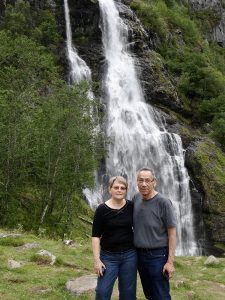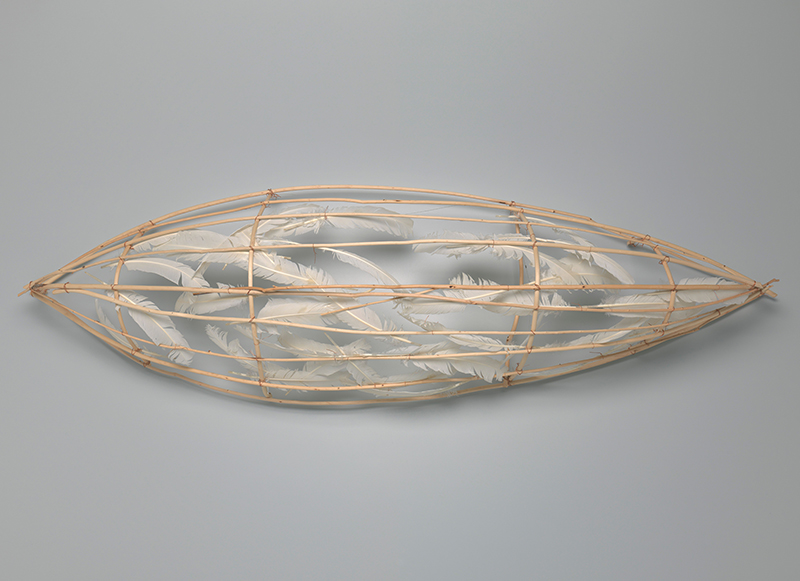By Kari Dickinson
When acclaimed Ho-Chunk sculptor Truman Lowe passed away in 2019, he left behind more than a body of internationally celebrated artwork. As a longtime faculty member in School of Education’s Art Department, he was also a dedicated educator and respected mentor who helped shape generations of emerging artists.
Now that legacy continues through the Truman T. Lowe Scholarship Fund, endowed by his wife, Nancy Lowe, and supported by other donors to inspire UW–Madison art students for years to come.
“There’s something about the time he spent (at UW–Madison), and how much he enjoyed it and appreciated the opportunity,” says Nancy Lowe. “It seemed important to keep his name alive in the department.”

Truman Lowe received his MFA from UW–Madison in 1973 and returned two years later to join the faculty. During his tenure, he taught sculpture, chaired the department, and helped coordinate the university’s Native American Studies program. He also chaired the Chancellor’s Scholarship Committee and was committed to recruiting and supporting underrepresented students — particularly Native American students — who aspired to pursue their education at UW–Madison.
Nancy Lowe recalls that her husband was exceptionally devoted to his students and energized by his work with them.
“He always said his students kept him young,” she says.
Beyond the classroom, Truman Lowe’s art reached global audiences. His sculptures, often blending traditional and contemporary elements, are rooted in his Ho-Chunk heritage and shaped by his deep connection to nature.
In 2007, the Wisconsin Arts Board honored Lowe with its Wisconsin Visual Art Lifetime Achievement Award. That was followed by a Distinguished Alumni Award from the Wisconsin Alumni Association in 2008.

From 2000 to 2008, he served as curator of contemporary art at the Smithsonian National Museum of the American Indian, which this October will present the first major retrospective of his work. “Water’s Edge: The Art of Truman Lowe” will feature 50 sculptures, drawings, and installations spanning his career.
These works highlight the rivers, streams, and natural landscapes that inspired his creative vision.
“We spent a lot of time canoeing,” Nancy Lowe shares, reflecting on the influence of water on both of their lives. “The view of the world from the middle of a river was important to him.”
While she’s grateful for the national recognition, Nancy Lowe hopes the scholarship keeps Truman Lowe’s spirit alive where his heart always was — with students.
“I knew Truman would approve of it,” she says. “He was very happy to spend his life teaching art. It was a dream job for him.”